Variable timing Disc Valve Cover
Variable Timing Rotary Valve Cover Development by Neil Hintz
Variable Timing Rotary Valve Cover Development (Downloadable PDF)
Rotary Valve, the best twostroke crankcase induction system, if you want top end power.
In contrast, reeds have been made to work remarkably well, against their will. Reeds are clearly the induction of choice for almost all modern twostrokes, simple and easy to fit anywhere within the crankcase.
But I don't do simple or easy, I’ve been a fan of rotary valve all my life, ever since as a 13 year old I found a TS 90 with an original Suzuki 100cc hot up kit in pieces tossed in a fertilizer bin. Bought it home and rebuilt it, eventually it was time to fire the beast up and run it in. My dad told me not to rev it and ride it quietly for a start, I knew what a hot up kit was but had never ridden a bike with a ‘power band’, was I in for an education. My friends and I rode the bike round our back yard track, one after the other, disappointment, hot up kit? It didn't feel very fast until one of them accidentally got it into the power, instant front wheel off the ground, roost out the back, unbelievable power. There was a fight over who was going to ride it next, my introduction to a tuned rotary valve twostroke, I loved that bike, put me top of the heap for a while.
But unfortunately the manufacturers all went away from rotary valve induction, too awkward with the carburetor out the side, too expensive to build and too difficult to get clean cold air into the carburetor cavity for off road applications. On the plus side good strong top end power was available, at the expence of bottom to mid range power, with late valve shut times, power hit late in the revs and hard. I found this extremely difficult to manage on my next rotary valve bike, a 350 Kawasaki Bighorn (factory kit) approx 15 HP at 7000 rpm then 44 at 8500, can you imagine this on the dirt coupled with the F9’s notoriously bad handling, trouble is if you are not over 7000 rpm you were not going anywhere, Above 7500 revs and you were going to die.
Years later, older and wiser, I acquired another F9 for VMX racing use. Initially did the usual hot ups and raced it. All the old memories came back, the poor handling, the hard hitting power and the reason for all my scar tissue. I had different rotary valves for different tracks, to tame the beast for the tighter circuits, an early close one and a late close valve for the open stuff. Part way through the season I set off for a track that was reputed to be open and fast, fit the late shut valve, turned out it was a tight goat track. Not much fun, 44 Hp or nothing. On my way home from that meeting a plan was hatched, sick of this valve timing hassle I decided why not adjust the shut side of the housing rather than the valve itself. Fit a late shut valve in but have the housing adjust to make the timing ‘trail bike’ when the sliding valve housing Gib was fully extended. Sat down in front of the computer one Saturday afternoon and drew up a new variable valve cover. Put a block of 6061 in the CNC and carved out a new housing.
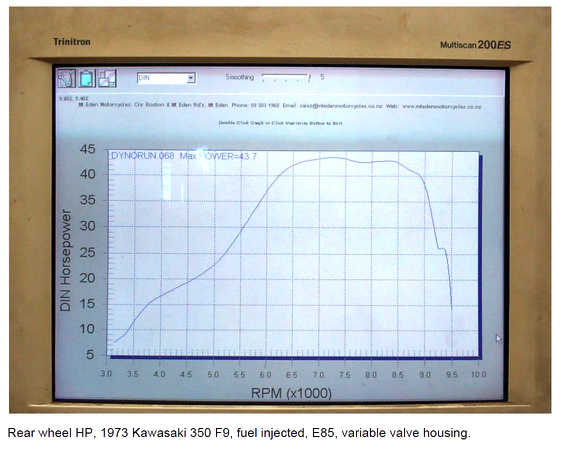
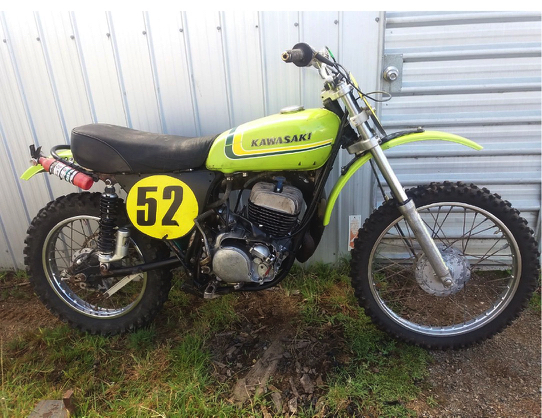
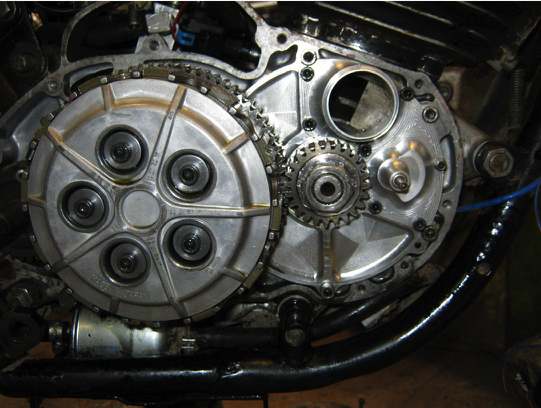
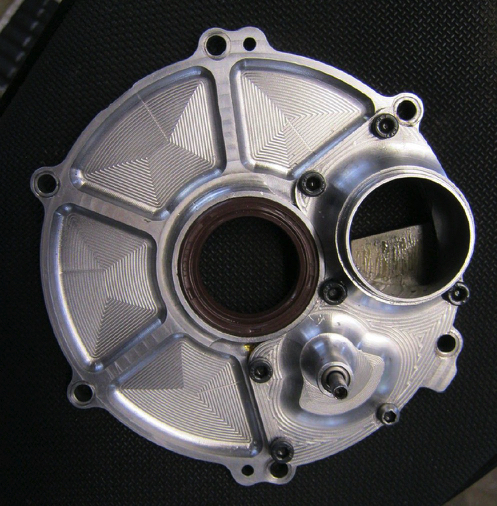
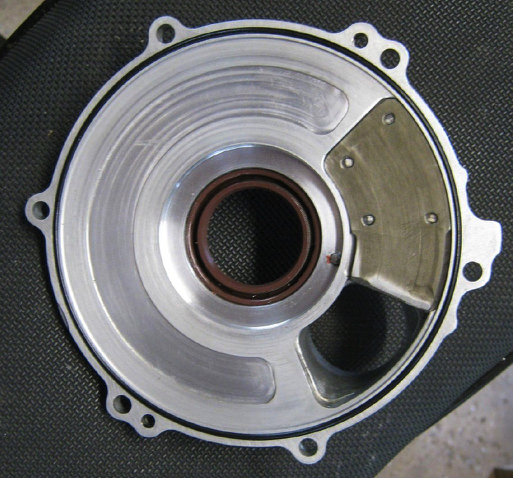
Because I was already running an ECU for the fuel injection on this bike I decided it could also run an R1 servo to adjust this sliding gib in real time. Works a treat, best of both worlds. Makes the old unruly F9 almost civilised and way more fun to ride.
So rather than spend more time on this engine I've decided to build a modern version of the old 350 with water cooling, three port exhaust with electronic power valve, a new version of my TPI, balance shafts x2, reverse turning crankshaft and a newer version of my variable valve housing.
This new system now couples as a throttle as well as timing adjustment with opening and closing Gibs, making the side rotary valve induction less cumbersome, shorter intake length and easier to feed with cool air. More expensive to manufacture but who cares, I’m paying the bills, I’ll get what I want.
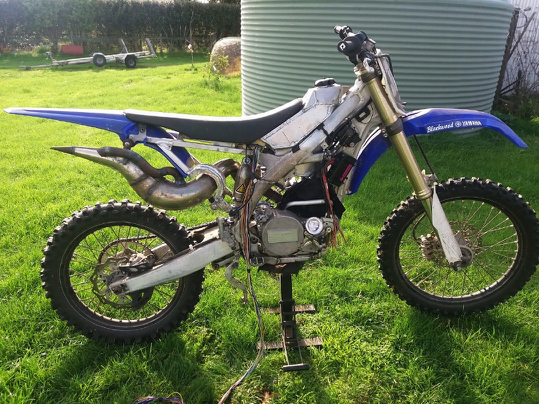
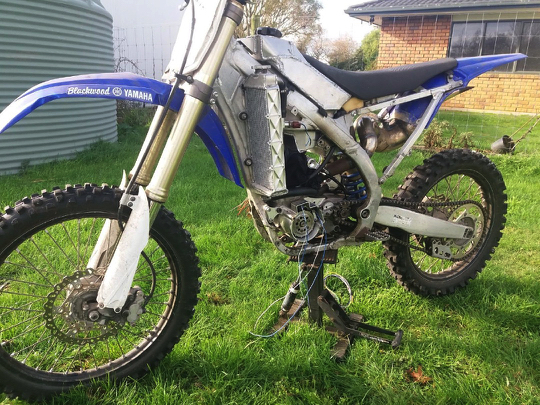
The ultimate scenario with this engine is to have the throttle / timing Gibs operated by the ECU, separately.
You tell the ECU how much power required, say split the throttle 1 to 10, the ECU using all the sensor inputs, wheel speeds etc decides where to guggle the sliding gibs and power valve to get the required torque asked for, no surprises.
This ECU driven throttle is outside my ability presently but it will come. On top of this I’m keen to manipulate the injection sequencing in the lower rev range to get fourstroke type hook up, say inject every second or third shot, less combustions but bigger when they do happen, just like a fourstroke, only now total control not limited to just fire one miss one, stroke.
A whole new set of options to experiment with, never before been available to the twostroke.